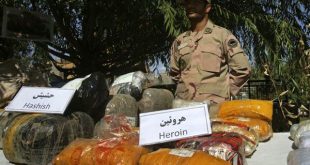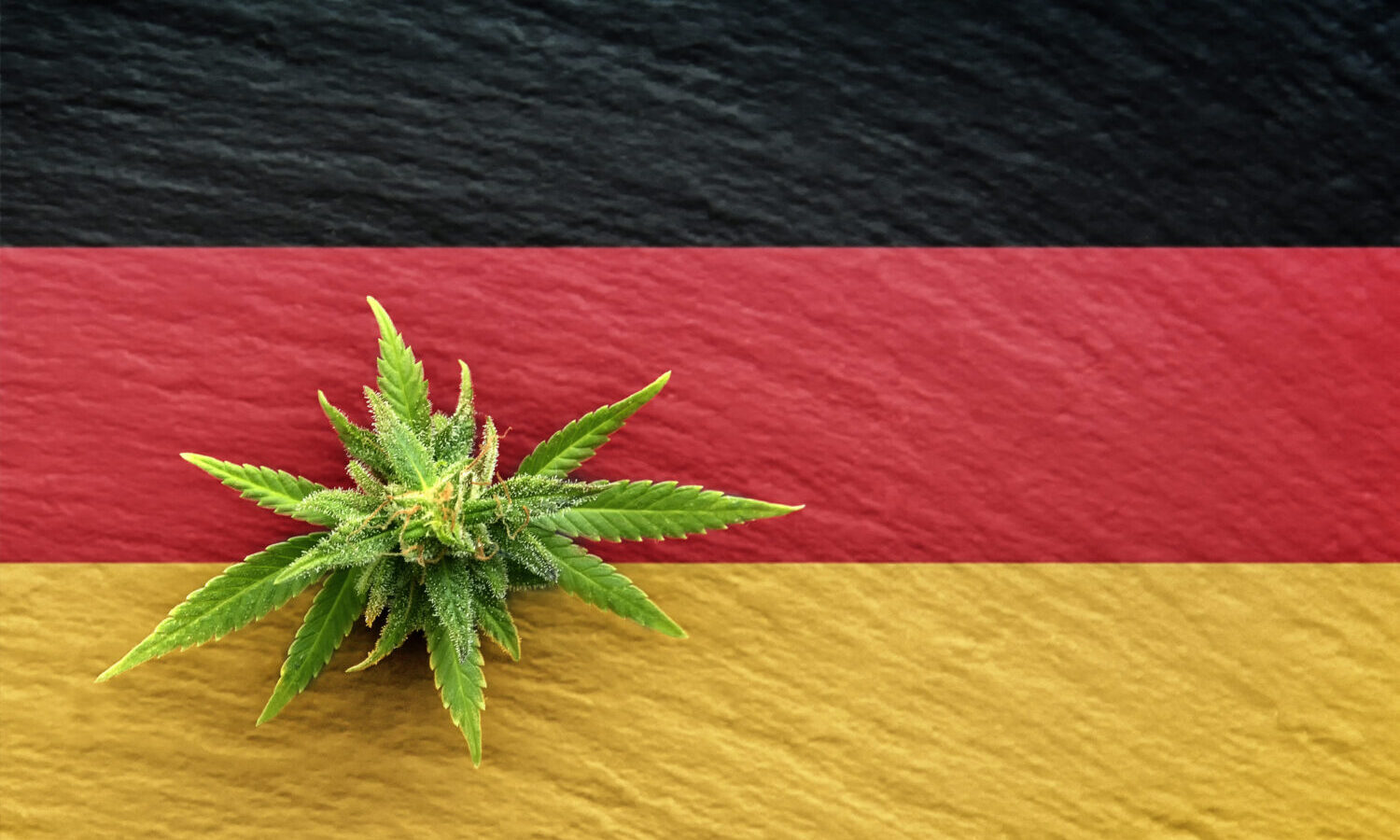
“The Fragile State Index” is considered to be a brand new notion in political science and international relations, proposing effective devices for researchers to elucidate the various States’ performance in disparate fields. In recent years, the concept has become an indicator for the Fund for Peace, by which the performance of 178 states is assessed annually. Through calculating the score for each political unit in the various areas, the indicator is taking the average score of states, ranking each state in terms of fragility.
Fragile States Index
In general, the Fragile State Index, known as the Failed State Index a few years ago, is an index by which we can rate the failures or successes of different states on how well they meat their tasks, including maintaining security and preventing external interventions, Political legitimacy, economic development, public services, rule of law, group grievances, and so on. The lower scores the political units get, the more fragile they will be, and consequently, they get the lower mark. So the more states get far away from 1 rank they are considered more stable and strong. Indeed, the governments of Yemen, Syria, and Afghanistan are usually ranked first, and European and American countries are usually ranked above 100. So they the former group is the most fragile states and the latter is considered stable.
The criteria for this indicator fall into three broad categories: social, political, and economic. In the social category “Demographic pressures”, “refugees and domestic homeless people”, “Groups’ grievances” and “brain drain and manpower” are elucidated. In the economic category, “uneven economic development” and” poverty and economic decline” are essential issues to focus. The political category also includes “political legitimacy”, “public services”, “human rights & the rule of law”, “security structure, factionalized elites, and ultimately “foreign interventions”, all are included in the annual report of each political unit.
The Fragility of States and Organized Crime:
Experience has proved that the more fragile get the states, the more organized crime, terrorism, and cyber-crime will be detected within their borders. Drug trafficking, human trafficking, cyber-crime, and terrorism are among the issues directly related to the state corruption, the rule of law, and security at the borders, in the countries. Research findings indicate that defeated states deemed as the covert for terrorist and sabotage organizations, as they can well plan, implement, support and do terroristic financial activities, as the failed states would not be aware of their presence and activities, otherwise they could not destroy them. Their sanctuaries are called “terrorist black holes” in these countries. Of course, being beyond the weaknesses of the states, the formation of these black holes requires “terrorist comparative advantages”. These comparative advantages include social tensions, internal conflicts, and failure to implement macro policies, corruption, uneven economic opportunities, economic underdevelopment, and some external factors. In fact, wherever the weaknesses of the state and the relative terrorist advantages are brought together, terrorist black holes will emerge.
The experience of countries like Afghanistan and Iraq is well illustrated by the fact that terrorist organizations, in the absence of efficient states, have freely exercised power over the various regions of these countries and have embarked on the processes of cultivation, production and even drug trafficking.
The Middle East and Fragile States:
The Middle East is one of the major centers of terrorist groups and destructive activities, meanwhile the states are mainly affected by problems such as instability, civil war, state corruption, and economic weakness, also the number of dictatorships, disregarded of the constitutional laws, democracy and the rule of law in the region are considered to be more than the democratic systems. The chart below summarizes the global ranking of each Middle Eastern state with respect to the fragility from 2011 to 2018, and the average ranking of each state has been calculated. It illustrates the interesting points that we will discuss below. Of course, we have included the two countries of Afghanistan and Pakistan, due to their importance in the area of organized crime, as shown in the table below.

The first remarkable point is that Yemen has been the most fragile Middle East state over the past 8 years, and the United Arab Emirates has been in the best position. Yemen and the UAE also ranked the worst and the best in terms of state fragility in the Middle East wholly; after Sudan and Somalia, Yemen has ranked the third worst state in 2018 globally. On the other side, the UAE ranked 147th in the world in 2017, ranked the highest in the Middle East over the past eight years, and is comparable to Slovakia, Spain, and Poland.
Moreover, despite the widespread civil war and the lack of state presence in large parts of Syria over the past few years, the country’s average rating is still better than those of Pakistan, Iraq, Afghanistan, and Yemen. Due to relatively good rank in 2011 and 2012, Syria is better than Iraq, Pakistan, Afghanistan, and Yemen. Albeit owning a relatively upward trend from 2011 to 2014, Iraq’s ranking has fallen, due to the rise of ISIL. So, the Iraqi state cannot get a better rank than the 3th in the Middle East. Similarly, Afghanistan could not boost more than 3 points, which is not important in this respect.
The Islamic Republic of Pakistan is in it’s the best rank in 2018. It is on the move toward the positive side of the axis. Meanwhile, the Islamic Republic of Iran is the only Middle Eastern state that has steadily progressed from 2012 onwards, boosted from 34th to 52th and is ranked 7th averagely in the Middle East. But, the ranking of Iran is 8th based on the 2018 statistics, and it has a better situation than Lebanon.
Except for the States mentioned above, Turkey, Jordan, and Egypt respectively have experienced the highest amount of negative points. Respectively, they have declined Turkey 46, Jordan 15, and Egypt 9 ranks. However, the average rank of the two countries in Turkey and Jordan is still acceptable. Although Oman is considered one of the best in the Middle East in terms of State fragility, it has fallen 8 ranks over 2011-2018. On the other hand, Israel and the West Bank, the Islamic Republic of Iran, the United Arab Emirates and Saudi Arabia have experienced the most positive performance over 8 years and changed 24, 17, 8 and 6 in ranks respectively. Owning a relatively good status, Kuwait which has not changed much in the last 8 years. Qatar Also is the complicated case by Improving from 2014 to 2017 but has fallen 6 ranks after June 2017, due to the blockade by the five Arab countries. Nevertheless, it is still in the 15th rank of the Middle East, with only the UAE having a better status. If the Qatari crisis is resolved, the country could quickly pass the United Arab Emirates and gain the best rate in the Middle East.
 Cudras
Cudras






Good Article… It seems that there should be more of such an article, in which important index like the Fragile States is applied to addiction.
Great and complete comparison is done amongst the Middle Eastern states, also your primary data is really reliable.